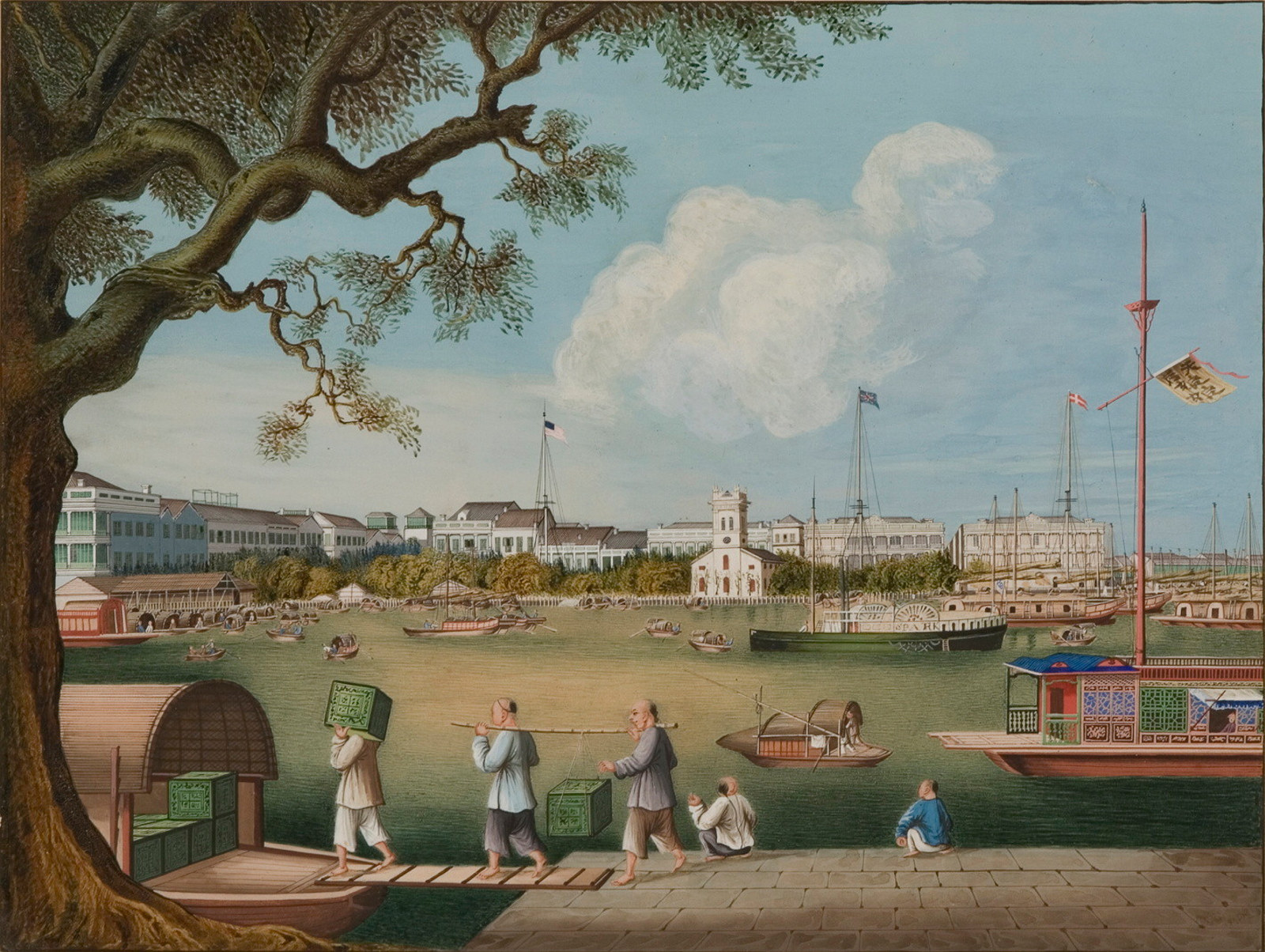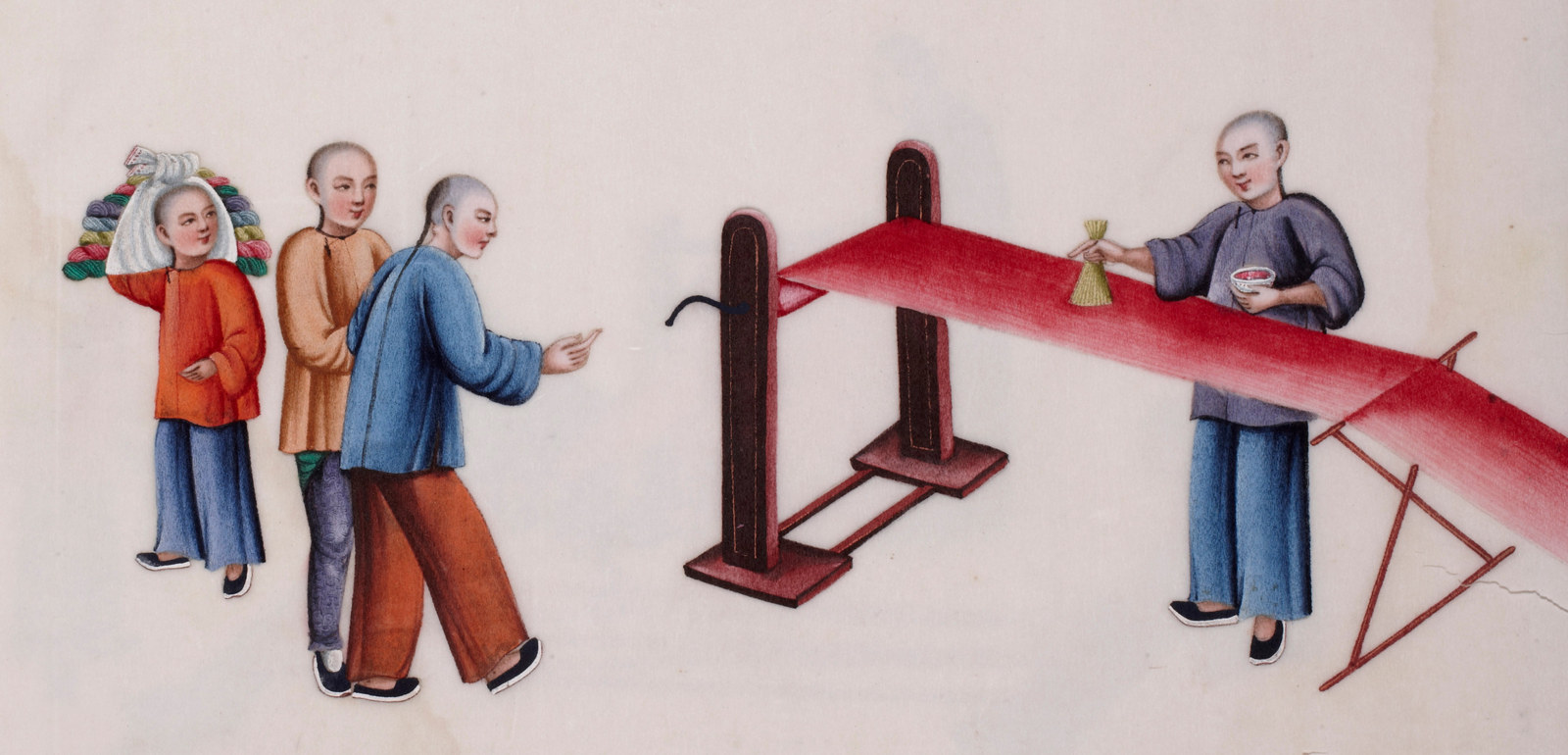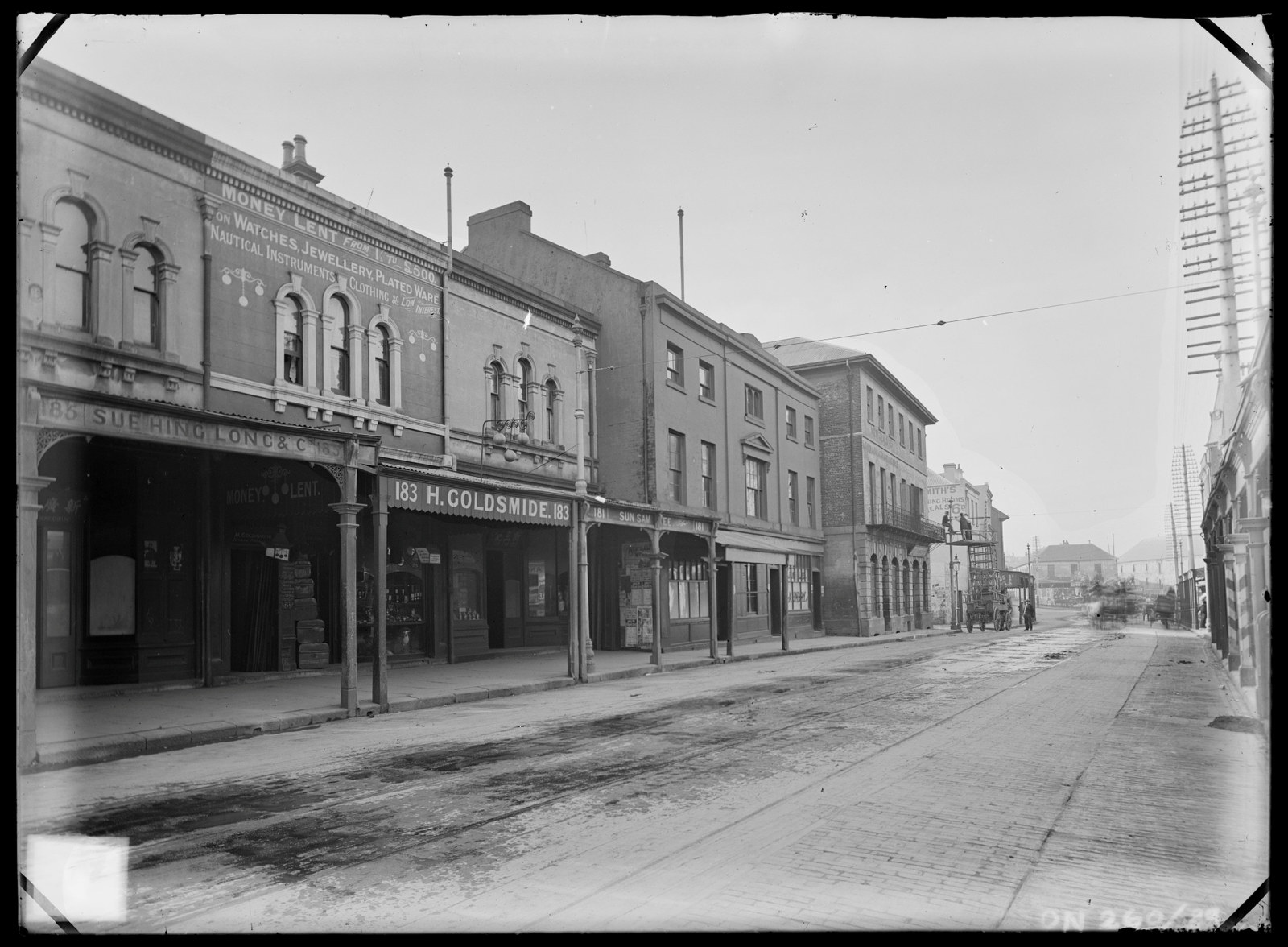The registrar's challenge
I'm Bronwyn McKenzie, loans registrar with Sydney Living Museums (now Museums of History NSW). Bet you don't know what that is. Basically, I manage objects in exhibitions. It's actually a diverse and challenging role that requires working on several temporary and travelling exhibition projects at once. For over 10 years I’ve had the opportunity to meet a variety of lenders and handle some very significant objects. I have the pleasure of working on project teams with creative and passionate colleagues.
The loans registrar plays a vital role in the exhibition development process. The details about each object borrowed for an exhibition are documented, dimensions and photographs are taken, loan agreements are prepared, packing is arranged and transport is booked. But much more is involved too. Sometimes specialist packing is needed or a courier is required to travel with an object to complete its unpacking and installation. Display requirements such as light levels and object supports are discussed in fine detail and conservation cleaning and framing are arranged. I also advise project team members about conservation issues and display practices relevant to a broad range of objects. This advisory role stimulates discussion amongst project teams and even influences the selection of objects by exhibition curators.
In ten years I have worked on over 55 exhibitions at the Museum of Sydney, Hyde Park Barracks Museum and Justice & Police Museum. This quantity of exhibitions not only equals thousands of objects, but also a myriad of object display requirements and loan agreements all to be handled by one person!
Each object has its own display requirements and it is the role of the registrar to ensure that these requirements are addressed ...
Caring for objects
While some objects in our exhibitions are from our own collections the majority are borrowed from other institutions and private collectors. Objects are sourced by curators from private collections and regional, state and national institutions such as the Art Gallery of New South Wales or National Archives of Australia. Each object has its own specific display requirements and it is the role of the registrar to make sure that these requirements are addressed during the exhibition development process. This involves working closely with the exhibition designer to ensure display requirements are met and that intended display methods are approved by the lending institution. I have worked on exhibitions with over forty lenders and some as few as just one!
The exhibition Celestial City: Sydney’s Chinese Story features objects borrowed from twenty lenders. Whilst some of the material in this exhibition was sourced from private collections, a considerable portion of the content was borrowed from institutions which often require strict conditions to be met by us, as the borrower. For example, the certificates of domicile for Maggie Lee dated 1904 and 1906, on loan from the National Archives of Australia, are required to be rotated every six weeks in order to display the front and reverse of each. This rotation allows visitors the chance to not only view both sides of the certificate, but as a requirement of the loan, is a preventative measure to preserve the fragile paper and inks.
Registrars are problem solvers, negotiators and facilitators and we often find cost effective and efficient solutions when borrowing objects.
Nuts and bolts
Part of my role is to schedule changeovers with exhibition project staff and to ensure that objects are condition reported, packed and returned to the lender or into storage after display. Sometimes an original object is replaced with a reproduction to preserve the original.
Exhibition budgets often impact upon the object content in terms of what we can and cannot afford to borrow. For example, some institutions charge a loan fee for each object to cover conservation assessment and display preparation. This becomes very costly if we wish to borrow numerous objects from one lender and this is before crating and transportation costs are even considered. Registrars are problem solvers, negotiators and facilitators and we often need to negotiate the terms of loan arrangements to find cost effective and efficient solutions when borrowing objects. For example, the transport of loan material from several lenders in a similar location can be scheduled together as one consignment to save on freight costs. Sometimes cost share arrangements and/or partnerships can be negotiated between the lender and borrower making it possible for very costly loans to proceed, as such, an institutional lender may agree to waive the loan fee for each object but instead charge the borrower a portion of object preparation costs.
There are times when the condition of an object precludes it from being approved for loan. During the assessment of loan material for Celestial City, a framed ancestor portrait on mirrored glass from the Quong Tart tea rooms was declined for loan by an institutional lender because its condition was too poor to display. In other words, the cost and time required to prepare the object outweighed the resources available.
Often objects require a conservator from the lending institution to unpack and install them with the help of our exhibition staff. This is usually the case with particularly fragile, highly valuable or significant objects which may have complex display and handling requirements. Timing is vital when scheduling the installation of loan material by other institutions at the Museum. My role is to carefully consider the overall installation schedule, other movements and surrounding activities and to ensure that the safety of objects and personnel are not compromised.
I also need to be sure that the necessary resources for the installation are available at the time and that showcases and object supports are completed and ready to receive objects. This requires careful planning with the project team and staff from the lending institution.
The team was delighted to see the formal surcoat owned by Margaret Tart once again. Following several minutes of tweaking we stood back and marvelled in the delight of the intense blue fabric.
During the installation of Celestial City: Sydney’s Chinese Story I was fortunate enough to work with three conservation staff from the Powerhouse Museum. The team of staff delivered their objects to the Museum of Sydney, unpacked, condition reported and installed each object. The exhibition team was delighted to see the formal surcoat owned by Margaret Tart once again. With drawings and designs complete, measurements taken, fishing line and hanging rod in place the surcoat was carefully installed by two Powerhouse Museum staff using a suspended system. Following several minutes of tweaking we stood back and marvelled in the delight of the intense blue fabric. To meet the requirements of the loan, the light level was then adjusted to 50 lux using a light meter.
Much of the material on display in the exhibition is on loan from private lenders including descendants of the Tart family. Whilst private lenders don’t normally have the restrictions that institutional lenders do, the physical condition of material borrowed from private lenders is more likely to be problematic and require extra preparation for display.
Have a think about photograph albums you or your grandparents may have tucked away in a house cupboard over the years. The cupboard may be damp, have fluctuations in temperature and humidity and contain pests. The photograph album itself is unlikely to be of archival quality, contain acidic paper and/or plastic elements and may have yellowed over time. Original objects from museum collections are stored and packed using archival quality materials and storage spaces are environmentally controlled.
With this in mind, objects borrowed from private lenders are more likely to require conservation treatment or cleaning prior to display. For example, a large carved panel from Quong Tart’s Ashfield residence, Gallop House, required extensive cleaning prior to display.
The panel had been stored in a private residence for a number of years, and as a result, the ornately carved scrolls had significant accumulated dirt and dust. With permission from the lender, the object was brush vacuumed prior to display. During the condition reporting process, a number of cracks in the timber were found and whilst the cracks appeared stable we needed to exercise particular care when handling the object and installing it. Several sections of the coloured glass inserts were also broken or missing.
The registrar is typically the pivot point in the exhibition development process ... establishing and maintaining relationships with lenders.
A final word
To be a successful loans registrar, you need to take a holistic approach to object management and logistics whilst keeping the best interests of the objects at heart and remaining flexible. Attention to detail and documentation is key, and communication with lenders and project team members is paramount. The registrar is typically the primary contact for a lender. We are the pivot point in the exhibition development process and are constantly establishing and maintaining relationships with lenders.
We need to aim to strike a balance between the requirements of the organisation and those of the lending institution or individual. Each exhibition project I work on is unique and involves varying degrees of lists, logistics and lender liaison. The challenge is to make the process run as smoothly as possible and bring all elements together to meet deadlines and budgets.
So whilst you will often find me at my desk preparing a loan agreement or scheduling transport you can also find me behind the scenes cutting mount board, cleaning showcases or hanging a painting. And sometimes I have the opportunity to share a small portion of what I do in stories like these.
Past exhibition

Past exhibition
Celestial city: Sydney’s Chinese story
In 1888 several boats carrying Chinese immigrants sailed through Sydney Heads into a crisis that would shape the nation
Published on
Related
Browse all
Chinese on the goldfields
By the early 1850s, news of a gold rush in Australia sparked an influx in Chinese migration to Australia.

Celestial City: Sydney’s Chinese Story
As Sydney celebrated its centenary in 1888, several boats carrying Chinese immigrants sailed through Sydney Heads into a crisis that would shape the nation. ‘Celestials’, as Chinese people were known at the time, had been arriving in Sydney under organised immigration schemes since the 1840s

Brilliant little jewels
Watercolours on pith paper that were produced in China for the Western export trade through most of the 19th century still have an extraordinary vividness

King Nam Jang: A Sydney Dynasty
Boarding house, kitchen, general store and ships’ providore – King Nam Jang was a family run business that catered to the transient and permanent Sydney Chinese community for nearly 60 years
